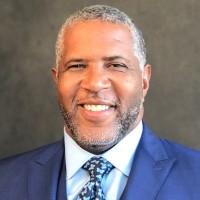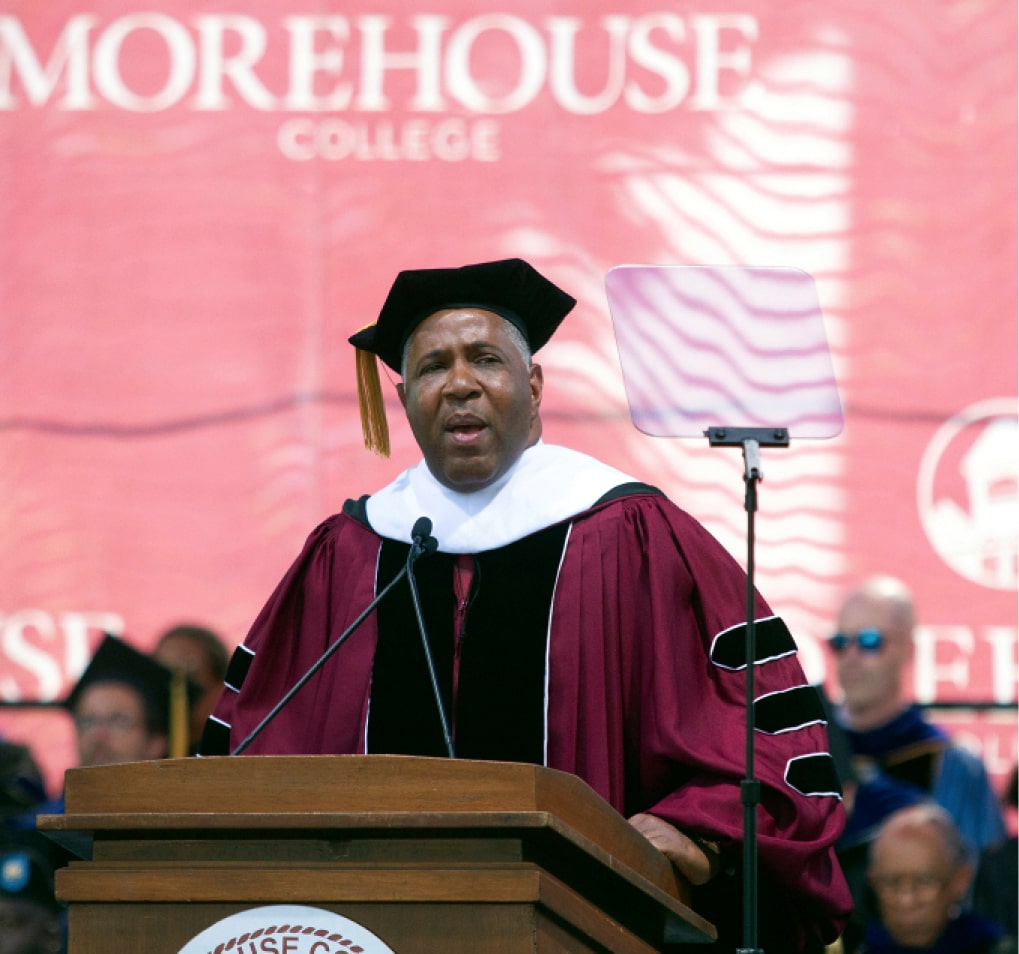Key Takeaways:
- STEAM includes the STEM foundational subjects of science, technology, engineering and mathematics with the addition of the arts.
- STEM- and STEAM-related career opportunities are projected to grow rapidly in the next decade, with some career options including engineering, designing and architecture.
- STEAM education prepares students through critical thinking and innovation to make informed decisions, but students may not get the most from STEAM learning if educators are not properly trained to provide the education.
Technology has continued to drive transformation over the past few decades, and the demand for certain skills has risen. The increased demand has led to an overhaul of curriculum related to the ever-evolving STEM (science, technology, engineering and mathematics) industry. This transformation has helped shape a branch of STEM called STEAM (science, technology, engineering, art and math), where art is incorporated into the traditional STEM curriculum. But, it has many people wondering more about STEAM vs. STEM.
In this article, we dissect what STEAM is and go into detail about the differences between STEAM vs. STEM, highlighting STEAM vs. STEM pros and cons. From there, we discuss career opportunities one might have after pursuing STEAM or STEM studies.
What Is STEAM?
Many have wondered, what does STEAM stand for? STEAM education adds the arts to the traditional STEM curriculum. Essentially, STEAM stands for science, technology, engineering, arts and mathematics. The arts component complements STEM studies by providing a creative process that can help students solve problems and make critical decisions. STEAM-centric curricula will typically include, but not be limited to, the following genres:
- Language arts
- Humanities
- Dance
- Visual arts
- Drama
- Music
- Design
- Media
STEAM uses important scientific STEM subjects but also helps kids develop a creative mindset to better evaluate different situations and solutions. STEAM education encourages students to not confine themselves to only creative or analytical thinking; the two can be combined for a great outcome.
What Is STEM vs. STEAM?
The STEAM vs. STEM debate continues to be brought up between educators and in the public discourse, as technological advancements drive society forward. STEM education primarily focuses on using hard scientific, technological, engineering or mathematical skills needed to create a new product or concept. On the other hand, STEAM education bases its foundation on these hard skills, and it taps into certain soft skills to assess risks and creatively solve problems. While arts are the main differentiating factor between STEAM vs. STEM, both types of education are connected in their core belief in promoting a science-based education.


Get Industry leading insights from Robert F. Smith directly in your LinkedIn feed.
Get Industry leading insights from Robert F. Smith directly in your LinkedIn feed.
STEAM vs. STEM Pros and Cons
STEAM education incorporates five distinct disciplines into one unique learning experience. Students receive hands-on knowledge about creating innovative solutions to complex problems at hand. This type of learning fosters an environment of collaboration between students that challenges their critical thinking and problem-solving skills. Yet, there can be cons associated with pursuing a STEAM education over a traditional STEM education. Let’s look at the distinct pros and cons of learning STEAM vs. STEM.
Pros of a STEAM Education
- Enhanced critical thinking: By adding arts to STEM, students are encouraged to think critically and solve problems through a creative mindset and not a solely analytical lens. In STEAM, students can develop unique ideas by looking at problems through many different lenses and not only by using the technical knowledge they have learned. STEAM is also important for transcending biases because the ability to think critically and step outside an individual’s preconceived ideas is a prerequisite for innovation and progress.
- Holistic learning: Holistic learning takes a comprehensive approach to teaching and focuses on all aspects of the student experience. Incorporating creativity and artistic thinking into scientific and technical skills helps to foster holistic learning, as it provides students with a balanced skill set. Moreover, the STEAM curriculum focuses on practical social and communication skills.
- Preparation for the future workforce: This includes real-world applications that students could use in their jobs in innovative ways. Teaching mathematics and science is one thing, but demonstrating how they can be applied outside the school environment is another. This point is crucial in preparing students for a 21st-century workforce. Student computational and logical skills are enhanced when arts are integrated into a curriculum based on the sciences.
- Innovation: Innovation is an important piece of the push for STEAM vs. STEM education. By giving students tools that include critical thinking skills, creativity and curiosity, they are better equipped to innovate and succeed in the workforce. The goal of STEAM is to promote a multifaceted education where each discipline works with the others and helps promote innovation.
Cons of a Strictly STEAM Education
- Misconceptions About the Arts in STEM: There are many misconceptions about arts in general, especially around the focus on STEM in education. Oftentimes, individuals do not see the benefit of providing an education beyond technical skills, a fact that is reflected in standardized testing. It is understandably difficult to integrate all the unique and vast disciplines into one curriculum or test. The purpose of STEAM is to include creativity in science-based learning environments, but this can sometimes prove hard to convey when integrating arts into STEM.
- Implementation Challenges in Educational Systems: Resource allocation and a lack of essential resources to implement STEAM are big concerns, especially in under-resourced schools within underserved communities. The resources needed to implement STEAM are highly specialized and require instructors with advanced training. When these resources are not always readily available, people can be discouraged from entering STEAM vs. STEM programs. Prospective students may not be able to travel to where STEAM programs are implemented and properly resourced.
Possible Careers in STEAM
The STEM industry is the fastest-growing industry in the U.S. economy. The U.S. Bureau of Labor Statistics predicts this industry will grow 11% by 2031, which is four times faster than all other industries in the U.S. workforce. Therefore, students must begin exploring the STEM and STEAM fields to make sound decisions and gain success in their future career paths.
A student can choose from a variety of different career paths after obtaining their STEAM education. This opens up a world of possibilities for career exploration and does not limit students to just one career path.
Additionally, according to the National Center for Science and Engineering Statistics, STEM professionals earn more income than those who are not in the STEM field, regardless of sex, race, ethnicity or disability status. STEM workers also have median salary earnings of approximately $64,000 per year, which is higher than the national average of $40,000 for non-STEM workers. By extension, these statistics apply to STEAM graduates. Possible career paths in STEAM that offer success to young adults include:
- Data Science
- Artificial Intelligence (AI)
- Machine Learning
- Software Development
- Engineering
- Healthcare
Follow Robert F. Smith on LinkedIn for more about STEAM vs. STEM and STEAM-related topics.







